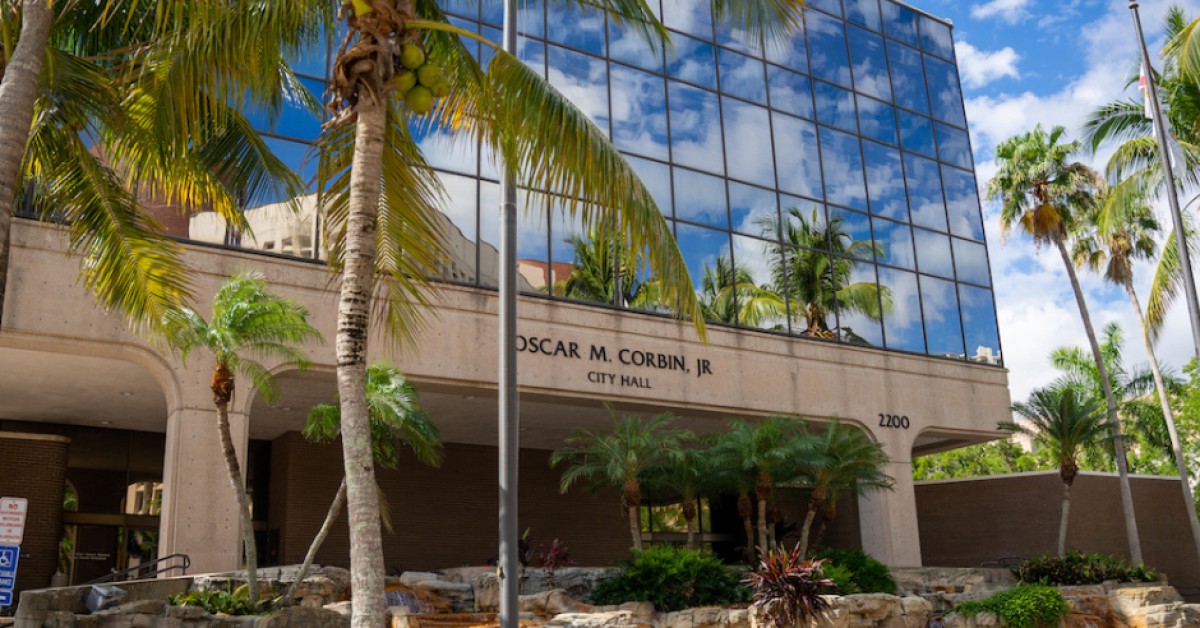City of Fort Myers will implement a three-step strategy to move toward compliance with the Environmental Protection Agency’s proposed Lead and Copper Rule Improvements.
The EPA describes the rule improvements as a major advancement in protecting children and adults from the health effects from being exposed to lead in drinking water. The rule improvements pertain to the lead in the line that connects the city’s water main to the home.
Exposure to lead in drinking water can cause serious health effects in all age groups, agency officials said. The EPA cites decreases in IQ and attention span and new or worsened learning and behavior problems in infants and children as possible health effects from lead exposure.
Additionally, the EPA cites adults as possibly having increased risks of heart disease, high blood pressure, kidney or nervous system problems due to lead exposure.
“We’re going to identify and remove the lead pipes within the distribution system with the purpose of protecting human health and informing the public where this lead is,” city Environmental Compliance Manager Justin Mahon said.
Mahon said the city has been sampling for lead for quite some time, considering the lead ban went into effect in 1986 with all municipalities taking samples for lead in 1998.
In 2021, the Lead and Copper Rule Revision was put into effect, enacting new requirements for removing lead entirely from all public utilities.
Now, the Lead and Copper Rule Improvements are expected to be approved this month, with a compliance date of 2028 and the stipulation that all lead service lines be removed by 2038.
“Our results have been historically low,” Mahon said. “We’re on reduced monitoring to where we had to take 30 samples from 30 different sites representative of the city every three years.”
The first step toward compliance is inventory of the water system to look for lead pipes in the distribution system, Mahon said.
“It doesn’t just mean lead, it could mean galvanized piping, so galvanized steel,” Mahon said. “We’re looking for the material type for all the connections in the water system so we can determine if there’s lead or could potentially be lead.”
The second step is investigation of any unknowns, and the third step is replacement of pipes where lead was identified.
Eliminating the unknowns currently is the main focus for the city, Mahon said. One way the city has done so is ruling out homes constructed after the lead ban was put into effect in the mid-’80s.
“The city is the oldest municipality, certainly in the county, if not the area, which means that we have the potential to have lead where a newer community might not,” Mahon said. “We have a good number of unknowns and one of the first things that we want to do to try to whittle those down, so we don’t just go around digging holes and yards, is customer survey.”
The city will crowdsource information by sending surveys to customers in the utility system with a property on the unknowns list. The verbiage of the surveys will be finalized this week.
The surveys will walk those with properties on the unknowns list through the process.
“There’s a magnet test. If a magnet sticks to it, that means it’s steel, it’s not lead,” Mahon said. “There’s a scratch test. If you scratch the pipe and what’s underneath it is white, then it could be lead. If you scratch it and it looks like a penny, then it’s copper. If it’s plastic, it’s plastic. There’s a picture that has to be uploaded to that as well, so we can verify on the back end.”
Mahon clarified that the city is asking customers for help through the survey to determine where there is lead and if further investigation on the property is necessary to verify what is lead on the city or customer’s side and what needs to be replaced.
As for what determines the city side and the customer side, the meter is the delineation. Everything before the meter belongs to the city, everything after the meter belongs to the property owner, Mahon said.
“There’s a lot of older parts of the city of Fort Myers that were built in the ’20s, all the way up into the ’70s,” Council member Fred Burson said. “There’s been a mixture of homes, so there’s going to be a lot of surveying that needs to be done.”
The city must submit the service line inventory by Oct. 16.





